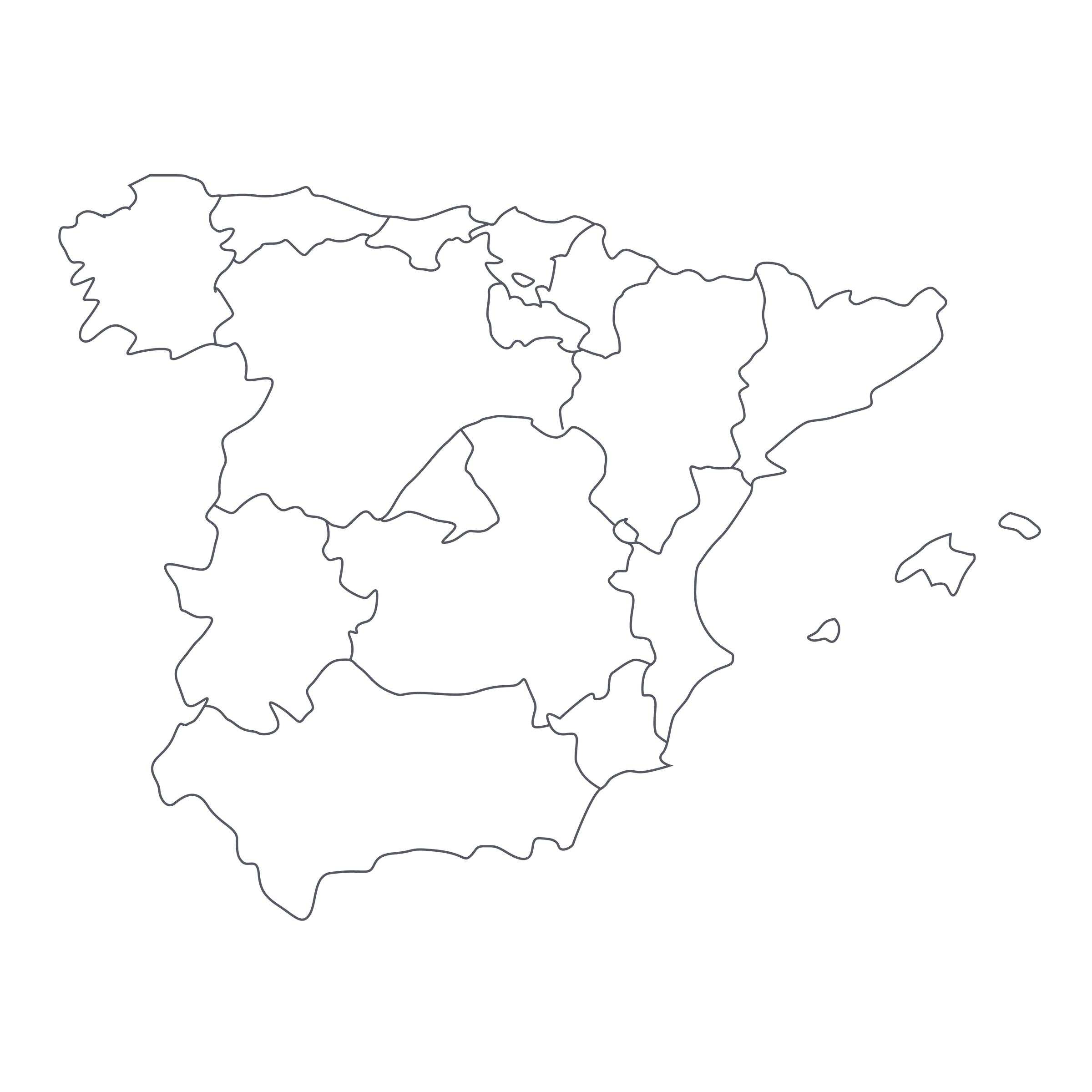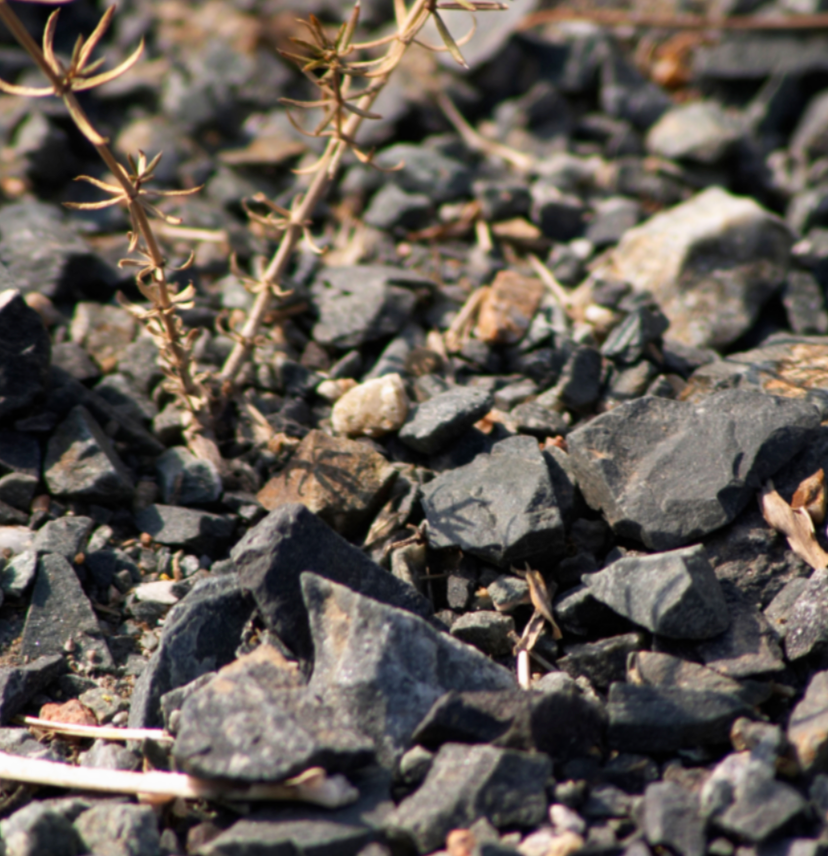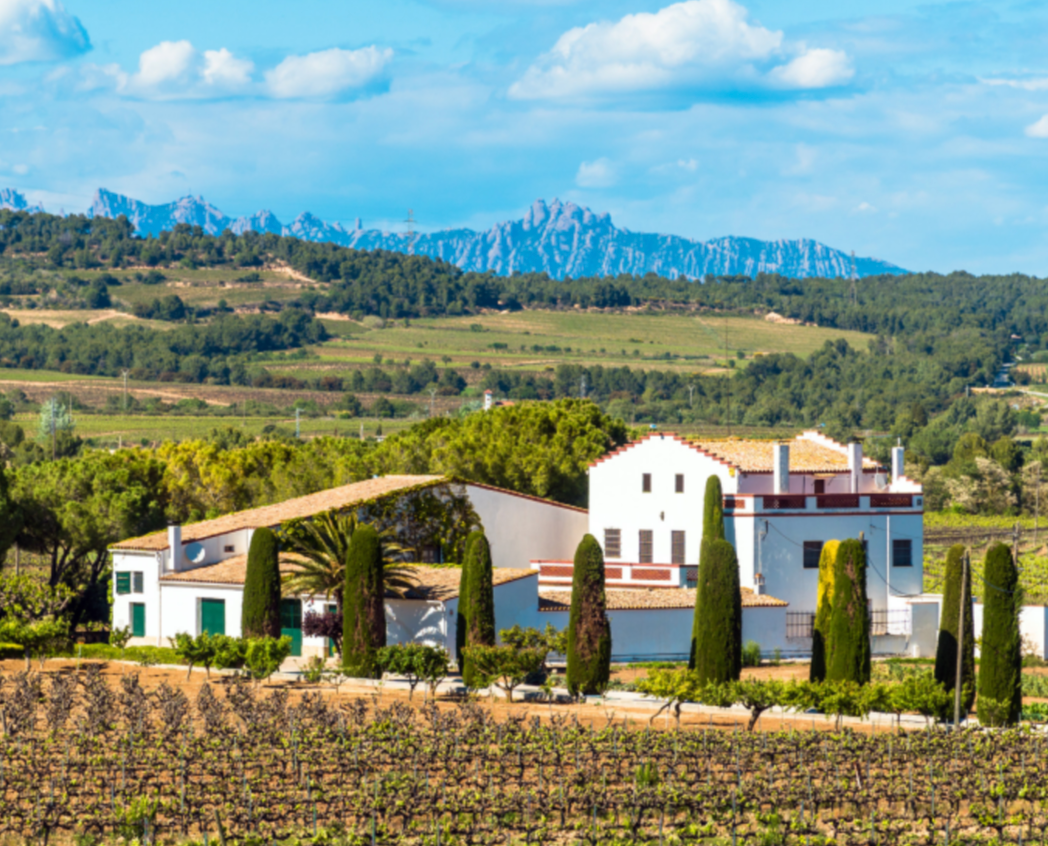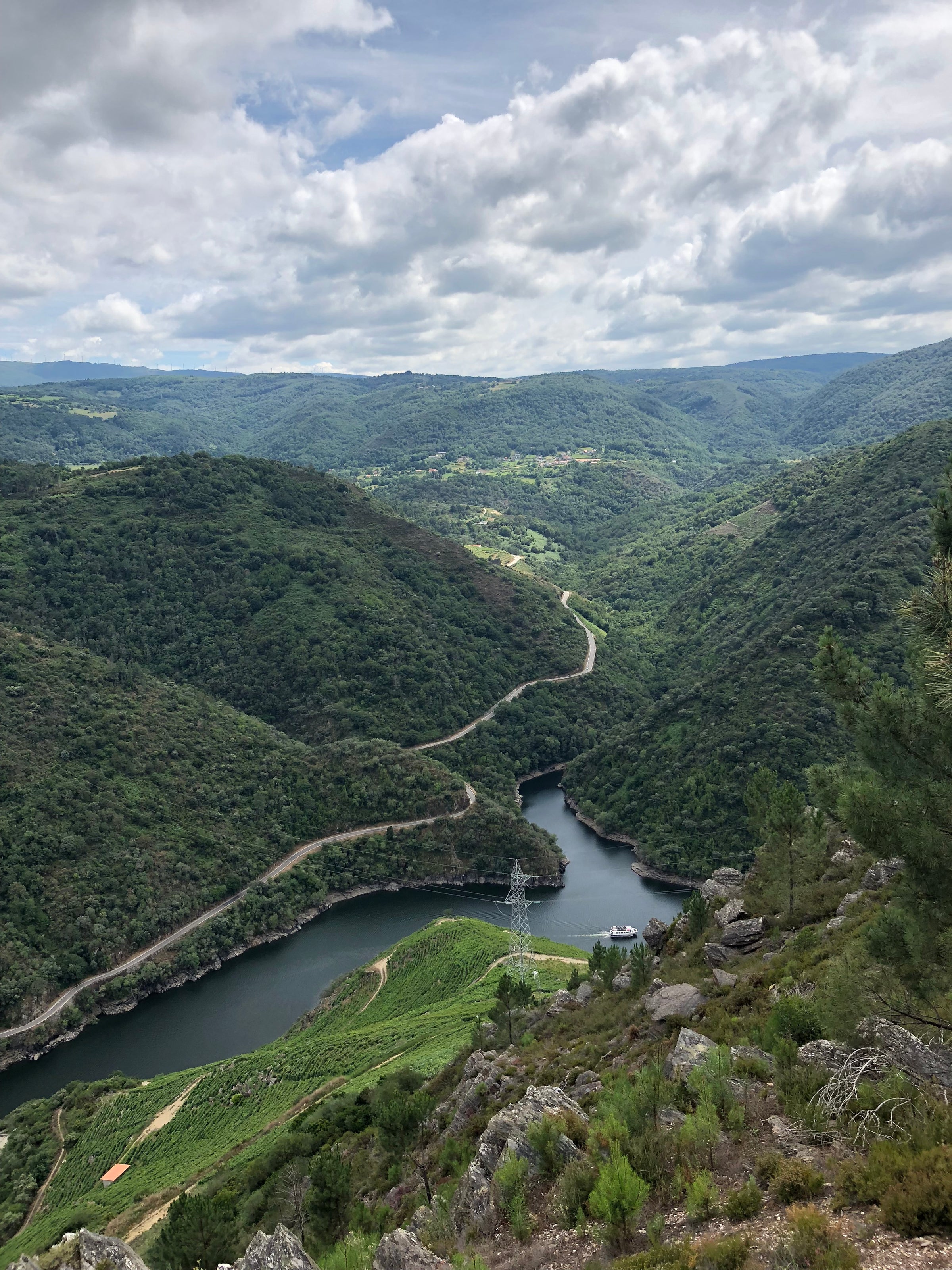I’m not going to say we’re rubber-stamping them, but the old-vine gems from Jonatan García Lima’s Suertes del Marqués are close to “automatic” at this point. The fact that I’ve seen this winery and its breathtaking vineyards plays a big role, but in the end, it’s what’s in the bottle: wine so evocative, so rare, so delicious, and so well-priced we can’t possibly pass up an opportunity to feature it. With Suertes del Marqués, this goes for reds and whites alike; I don’t think I’ve ever seen Jonatan hit a false note, and with “Medianías,” he has really outdone himself.
Crafted from 100% Listán Negro grown in the Valle de la Orotava, on the island of Tenerife, this brambly, smoky, peppery red is a standout in any tasting, no matter what’s on the table (in fact, I’ve been on a hot streak of late identifying Canary Islands reds blind). Few red wines in the world have such a readily identifiable soil character, and even fewer can deliver this 2018’s level of old-vine profundity at just $32. “Medianías” means “midlands,” which in the case of Tenerife means vineyards situated at 600 meters. That’s “highlands” in most of the rest of the world, but in the Valle de la Orotava just another day at the office. I don’t want to overdo it, but this really is a shout-it-from-the-rooftops value—an next-level wine experience at a down-to-earth price! Do not pass it by!
“Medianías” comes from gnarled Listán Negro vines trained in the traditional cordón trenzado method, wherein the “arms” (cordons) of the grapevine are fashioned into long, winding braids. The main purpose of these braided vines is to enable their farmers to move them occasionally to allow for the planting of other crops. The parcels supplying this wine mostly hover around 80 years of age, although the entire vine-age spectrum ranges from 10-100+ years old! All vines are rooted in dark, ashy volcanic soils formed by the nearby Teide volcano.
Tenerife is the largest of the Canary Islands, and Valle de la Orotava is an appellation (DO) on its cooler, northern end. Prior to starting the Suertes del Marqués label in 2006, his family grew grapes in the Valle de la Orotava; they now draw on 11 hectares of organically farmed estate vineyards, along with a host of other local growers who work according to their specifications. As is the case in other such island terroirs (whose ashy volcanic soils proved resistant to phylloxera), many of these vineyards contain extremely old vines, including some ungrafted parcels exceeding 100, even 150, years of age. Along with Listán Negro and Blanco, the two best-known native grapes on Tenerife, they also have Pedro Xímenez, Tintilla, Baboso Negro, and other field-blended local varieties. Jonatan is now working out of a spanking-new winery, which is tucked into a hillside overlooking the ocean.
One of the benefits of the trenzado training method is that the long, braided fruiting canes allow for full maturation of the grape stems, which enables Jonatan to ferment the wine with whole grape clusters intact without extracting undue bitterness. This 2018 was fermented in open-topped concrete vats on wild yeasts and aged for under one year in a combination of concrete vessels, large foudres, and 500-liter French oak barrels.
As I’ve found with all Suertes del Marqués wines, this 2018 is clean and well-made but also funky, earthy, and a little wild—just how I like it! In the glass, it’s a medium ruby-garnet moving to pink at the rim, with a lot of dark fruits and humid, smoky earth notes on the nose. I always detect aromas reminiscent of some classic Northern Rhône Syrahs: black plum, mulberry, leather, roasted meat, cacao nibs, and damp earth—but I’ve found that Listán Negro has a highly distinctive white pepper note. It is medium-bodied, with fine tannins and lots of freshness driving a long, smoky finish. After a long decant, at least 45 minutes to allow the reduction to blow off, serve it in large Bordeaux stems at 60-65 degrees with lamb, duck, or beef—these are always conversation-piece wines guaranteed to take any meal to a new level. Seriously, don’t miss this!










